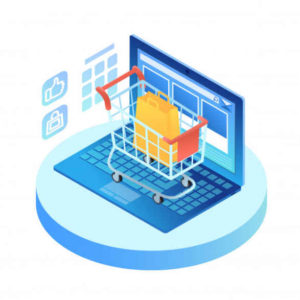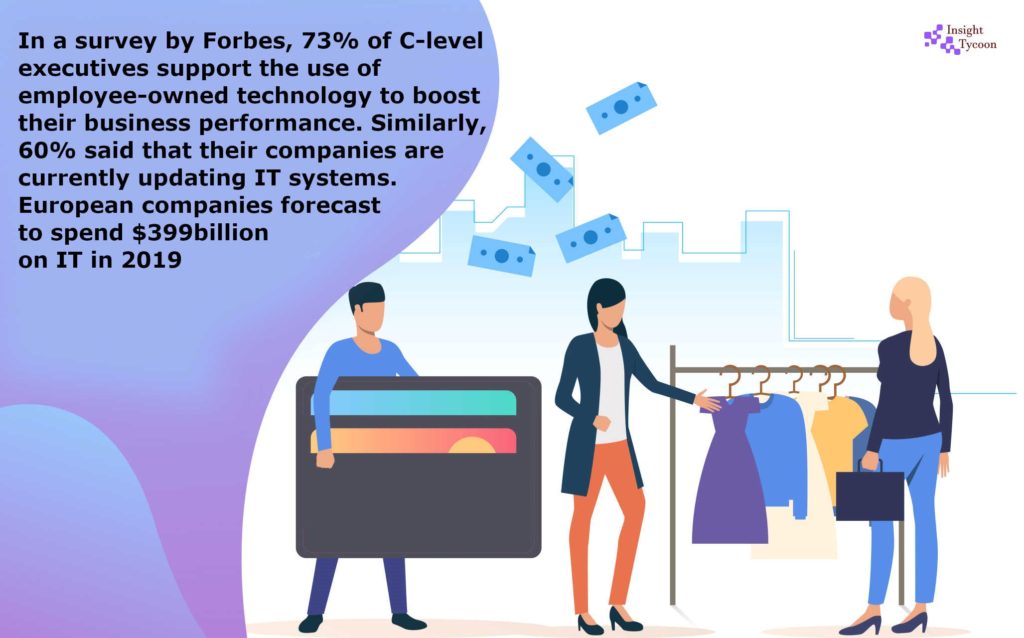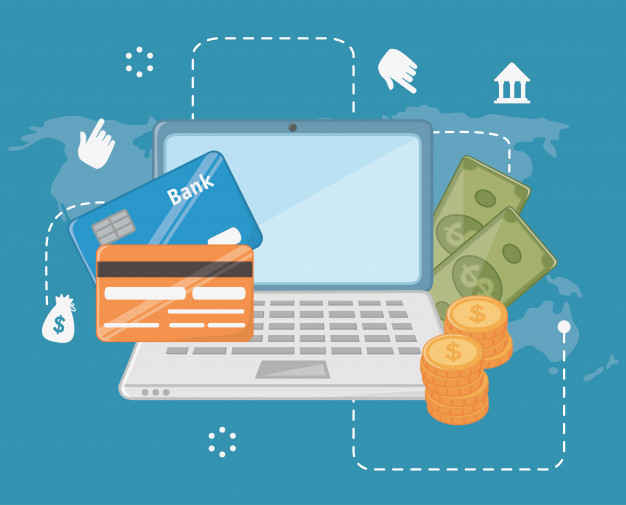IT consumerization: A paradigm shift in IT
- “IT consumerization” acting as an important tool to upgrade business productivity and efficiency so that business resources is optimized.
- Cloud-solutions and introduction of BYOD (Bring Your Own Device) area has helped to solve the workloads.
- The use of personalized devices at workplace is growing at a faster rate than the limited business technologies.
- The trend of “IT consumerization” is not free from challenges (security concern) when there is larger accessibility as data move to cloud.
The cycle of information technology rapidly being spread to businesses has created a platform for employee satisfaction along with growth of businesses. Consumerization of IT has brought a way to recognize the consumer preferences and strategies by connecting the personal devices with the corporate network and using them to enhance business productivity and agility.

Consumerization of applications not only helps to access content and improve collaborations but also helps to use cloud solutions and introduce BYOD (Bring Your Own Device) area. Personalized software applications, hardware and servers are being used at the work place for the uptake of software as a service (SaaS).
Apple’s i-phone, introduced to the market in 2007 can be taken as an example of a consumer product that was highly preferred by many employees to introduce in their workplace. The use of cell-phones, tablets and i-pads in the workplace helps technology investments independently in one hand and also saves time for the approval from IT department which otherwise could delay workloads.
In a survey by Forbes, 73% of C-level executives support the use of employee-owned technology to boost their business performance. Similarly, 60% said that their companies are currently updating IT systems. European companies forecast to spend $399billion on IT in 2019. However, LOB (Line of Business) technology spending will grow at a faster rate than IT spending in the years ahead. Over the time period of 2017-22, the compound annual growth rate for LOB spending is forecasted to be 5.9% compared to 2.9% with that of IT spending.

The mission of today’s businesses is to identify the customer choices so that customer engagement is improved in selling, delivering and servicing products and services. The most emerging challenge in the field of marketing is to create value for the customers so that they retain with the company.
This challenge could be tackled by “IT consumerization” which helps marketers to connect and expand their relationships with customers. Also, larger digital technologies are trickled down from businesses to common users decreasing the cost of digital technology exponentially.
Another area where the trend of “IT consumerization” mostly prevails is healthcare (mainly urgent care). According to Forbes, each year there are more than 150 million visits to urgent care and the number of locations in the US continues to grow 5% annually. The growing demand of urgent care is due to the time taken (average 24 days) to get an appointment with a new primary care physician for a convenient and a high-quality option for their healthcare needs.
There is a myth that most companies are reluctant participants in the consumerization of IT. The shift of mass population to “IT consumerization” is not free from various obstacles and challenges. BYOD trend is shifting IT assets from outside the firewall to the cloud that brings security challenges.
Since, the datas are accessible to the large number of people when they move to cloud, at the same time they can be misused or manipulated. Moreover, moving to the cloud raises various questions such as: Which workloads should be exported to cloud? Which standards should be followed and is the trend cost-effective to all the users?







